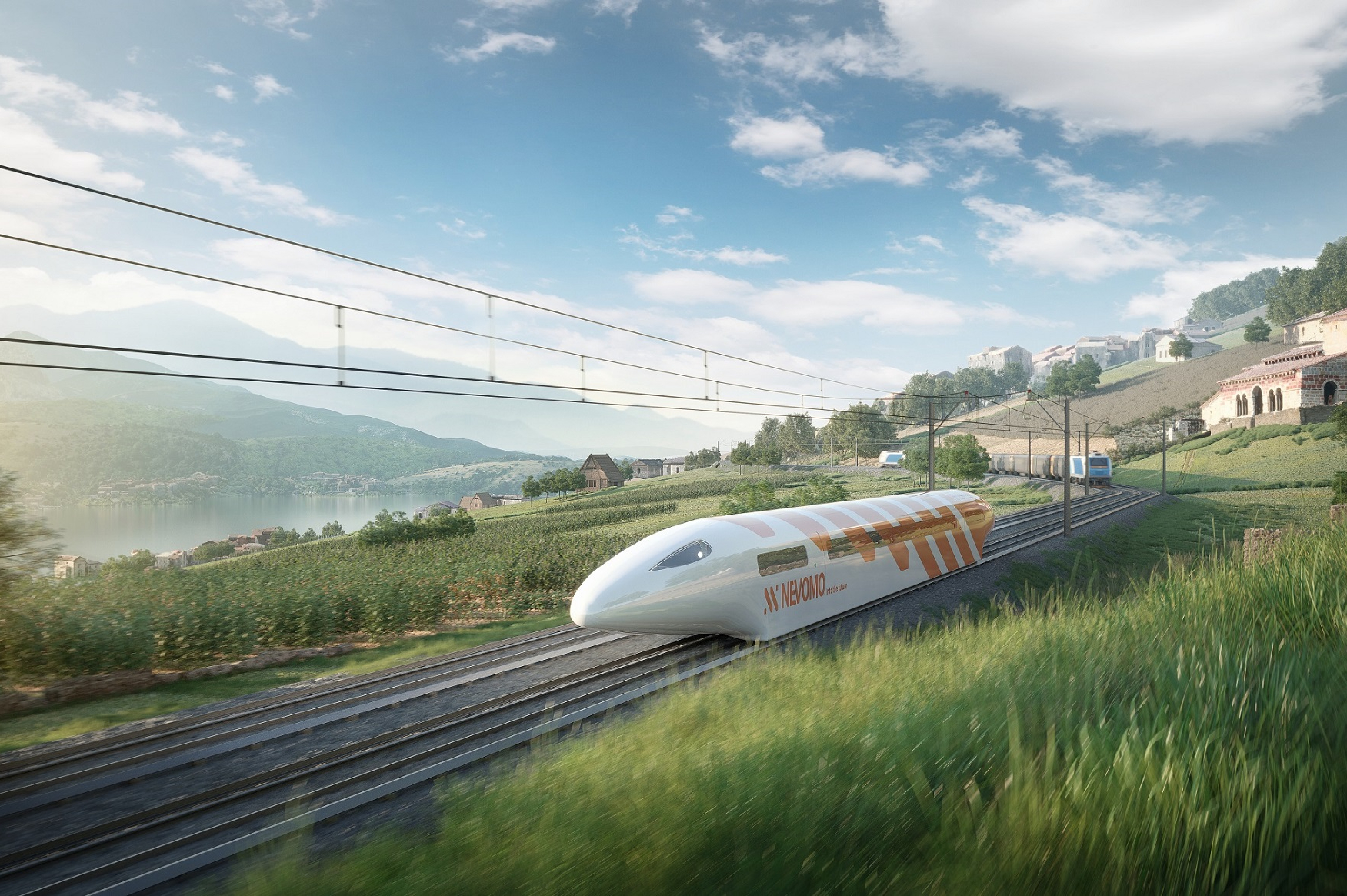EIT InnoEnergy supported Nevomo Successfully Tests Train Levitation on Existing Rails

Nevomo, a leading European deep-tech company supported by EIT InnoEnergy, and the developer of the innovative, hyperloop-inspired MagRail technology, unveils a groundbreaking achievement that marks a turning point for the railway industry. Successfully performed tests have proven that railway vehicles could levitate on conventional railway lines. This world-first accomplishment has the potential to revolutionize rail transport, seamlessly merging the traditional rail systems with the future vision of ultra-high-speed solutions like the hyperloop.
MagRail tests
MagRail tests confirmed that railway vehicles can operate on existing railway infrastructure without any friction. During trials on a more than 700-metre-long section of Nevomo test track in Nowa Sarzyna, Poland, MagRail vehicles reached a speed of 135 km/h demonstrating stable levitation and magnetic guidance on rail infrastructure. The 6-metre-long vehicle weighing 2 tons began levitating at just over 70 km/h, and it went from 0 to 100 km/h in 11 seconds. Ultimately, the high-speed passenger MagRail trains are expected to run up to 550 km/h on railway lines, significantly reducing travel times.
Today marks a landmark moment in Nevomo’s development. For the first time in railway history, a rail vehicle moved not on the existing tracks, but over them, without friction. It shows that our MagRail technology is not just a vision for the future; it is a tangible solution for today. A solution for a greener, more connected Europe. By leveraging existing infrastructure, we offer a cost-effective and environmentally friendly approach to modernizing rail transport, in line with the European Green Deal’s objectives.Przemek Ben Paczek, CEO and Co-Founder of Nevomo
3.5 years of research and testing
The successful tests are the result of the knowledge and hard work of dozens of our engineers and experts. And this is just the beginning. We already collaborate with industry giants, including Rete Ferroviaria Italiana, SNCF, Duisport, and GATX to define various applications for MagRail, and these successful tests are paving the way for pre-commercial operational pilots.Sebastian Kaluza, Product Development Director at Nevomo.
Rail travel experience
Europe’s longest passive magnetic levitation test track
The construction of Europe’s longest passive magnetic levitation test track, on which Nevomo has conducted successful tests, was co-financed by the European Union’s European Regional Development Fund under the Intelligent Development Programme. The project is being implemented as part of the “Fast Track” programme of the National Centre for Research and Development.
Nevomo will continue the research and the development of MagRail not only for levitation but also for further exploration of different applications of the technology to improve efficiency and capacity for rail transportation and finally to start commercializing the first version of MagRail for freight transport in 2024.


 Share this page
Share this page


